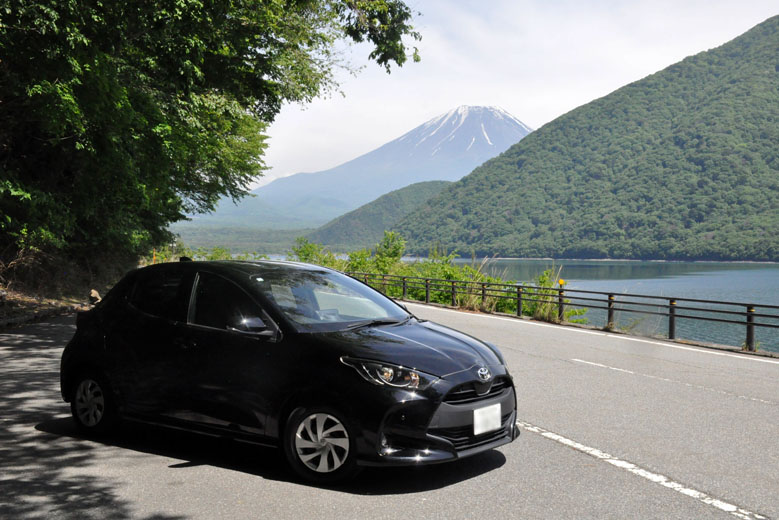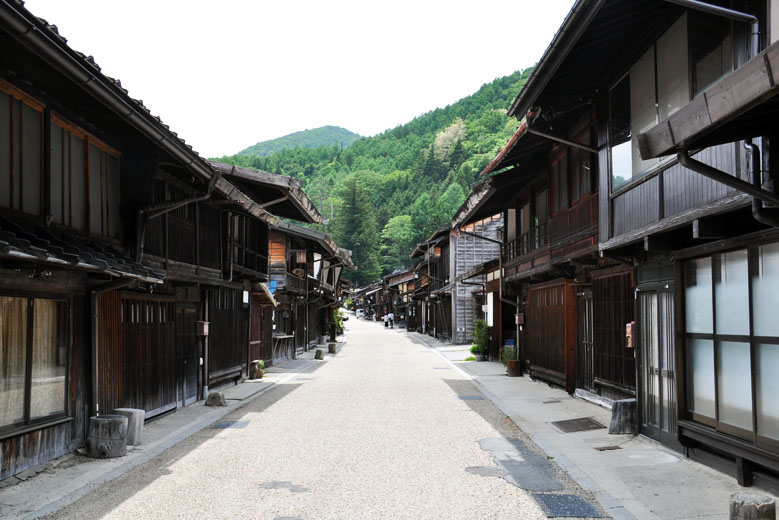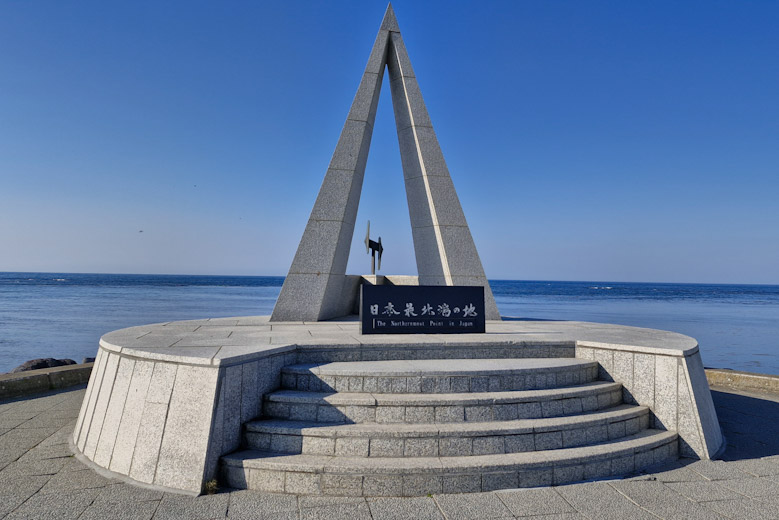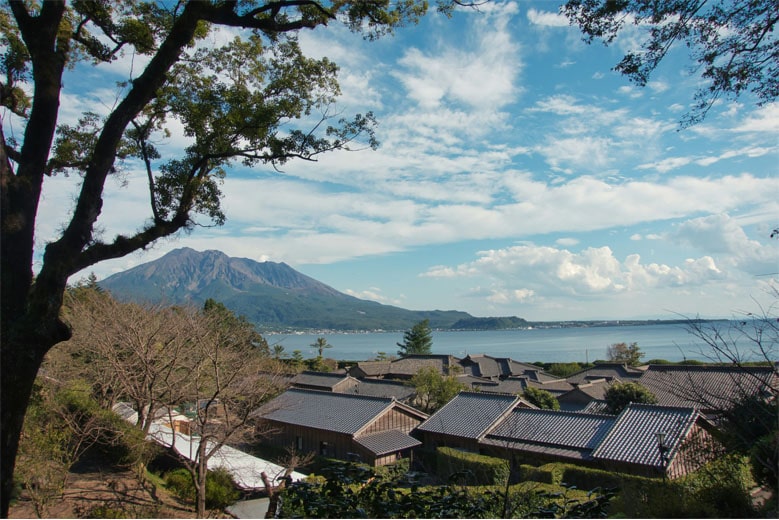
Why You Should Rent a Car in Japan
Japan is renowned for its efficient public transportation system, particularly in urban areas where trains and buses are both reliable and extensive.
However, for those looking to explore beyond the typical tourist spots, renting a car in Japan offers a unique and flexible way to experience the country’s diverse landscapes, rich culture, and hidden gems. Here’s why you should consider renting a car in Japan, along with essential tips and things to know before you hit the road.
Popular destinations among other readers
Start planning your trip to Japan, book your accommodation now!

Freedom and Flexibility
One of the most compelling reasons to rent a car in Japan is the freedom and flexibility it provides. While trains and buses are convenient, they are bound by schedules and routes. Wihen you rent a car in Japan, you can explore remote areas, stop at off-the-beaten-path locations, and set your own pace. Whether it’s driving through the scenic Hokkaido countryside, exploring the historic towns of Kyushu, or discovering the hidden beaches of Okinawa, a car allows you to create your own itinerary without being tied to public transportation schedules.

Access to Remote Areas
Japan’s rural areas are often best explored by car. Regions like Hokkaido, Shikoku, and the Japanese Alps are stunning but can be challenging to reach by public transport. Renting a car allows you to venture into these less accessible areas where public transportation may be sparse or infrequent. This is particularly advantageous for nature lovers, hikers, and those interested in outdoor activities, as you can reach trailheads, national parks, and scenic spots that would otherwise require long and complex journeys.

Scenic Drives
Japan boasts some of the most picturesque drives in the world. The Irohazaka Winding Road in Nikko, the Venus Line in Nagano, and the Yamanami Highway in Kyushu are just a few examples of routes that offer breathtaking views of mountains, valleys, and coastlines. Renting a car gives you the opportunity to experience these scenic drives, making the journey as enjoyable as the destination itself. In particular, autumn in Japan offers stunning views of colorful foliage, and spring brings the famous cherry blossoms, making a road trip during these seasons a visual treat.

Unique Cultural Experiences
Driving in Japan can also enhance your cultural experience. You can visit local markets, small towns, and rural areas that are often missed by tourists relying solely on public transportation. You might stumble upon a local festival, a hidden temple, or a quaint village where you can interact with locals and experience authentic Japanese culture. Renting a car allows you to explore Japan’s culture and traditions in a more intimate and personal way.
Important things to remember
While renting a car in Japan offers numerous advantages, there are several important factors to consider to ensure a smooth and enjoyable experience.
Japan drives on the left side of the road, which may take some getting used to if you are from a country where driving is on the right. Speed limits are generally lower than in many Western countries, and adherence to traffic rules is strict. Common speed limits are 30-60 km/h in urban areas and 80-100 km/h on expressways. Be aware of traffic signs, many of which are in both Japanese and English, and always wear your seatbelt.
It’s also important to know that parking in Japan can be expensive and limited in urban areas. However, in rural areas and smaller towns, parking is usually easier to find and less costly.
To rent a car in Japan, most foreign visitors will need an International Driving Permit (IDP) in addition to their home country’s driver’s license. The IDP is required by Japanese law and must be obtained before you arrive in Japan, as it cannot be issued within the country. Be sure to apply for your IDP in advance, as processing times can vary.
Most of the road signs in Japan are pretty standard with those around the world, which makes it relatively convenient to drive around and follow the road rules. But, there are some exceptions.

Horizontal traffic lights
In parts of the country, traffic lights are horizontal, not vertical. While confusing at first, they mean the same. Green is go, Red is stop, yellow is stop if safe. You will often see these types of lights all over the country, but most common in cities. You will also see the standard vertical traffic lights as well, sometimes at the very next intersection.

Stop Signs
Stops signs in Japan are different from most of the world, and it is important to take note of them if you plan to rent a car in Japan. Japan doesn’t use the standard Red octagon, and instead, a red triangle. This has been used in Japan for over 60 years.
 Speed Limits (right)
Speed Limits (right)
Speed limit signs in Japan are denoted by a red circle, with the speed limit posted in the middle, most commonly in blue. These numbers will always be written out as numbers, and never Kanji. Speed limit signs are commonly also posted with no stopping (as pictured) signs when entering tunnels, or with no overtaking signs. They are also posted bv themselves. They can be posted on top of poles overhanging the roads, or on standalone poles on either side of the road.
Japan has an extensive network of toll roads, particularly expressways, which are well-maintained and efficient but can be expensive. Most rental cars are equipped with an ETC (Electronic Toll Collection) card, which allows you to pass through toll booths without stopping to pay. The charges are automatically calculated and added to your rental bill. If your car doesn’t have an ETC card, you can still pay tolls in cash, but it’s slower and less convenient.
Gas stations in Japan are abundant, but it’s important to note whether the station is full-service or self-service. Full-service stations are more common, where an attendant will fill your tank, clean your windows, and even take your payment without you even having to leave your car. Self-service stations are becoming more popular and usually have instructions in English.
At full service stations, if you want the attendant to fill your gas tank to full, simply say “Man-tan o kudasai”, which translates to “Fill tank please”.
Gasoline is sold by the liter, not the gallon, and is available in regular, high-octane, and diesel. Be sure to know what type of fuel your rental car requires, and check the fuel level when returning the car to avoid additional charges.
Japan has a lot of wildlife. Deer, Monkeys, Bear, Foxes, and Tanuki (Racoon Dog) and among many of the wildlife signs you might come across while driving around Japan. Keep your eyes peeled for these animals while out and driving – especially deer which are known to cause several hundred accidents per year across Japan.
